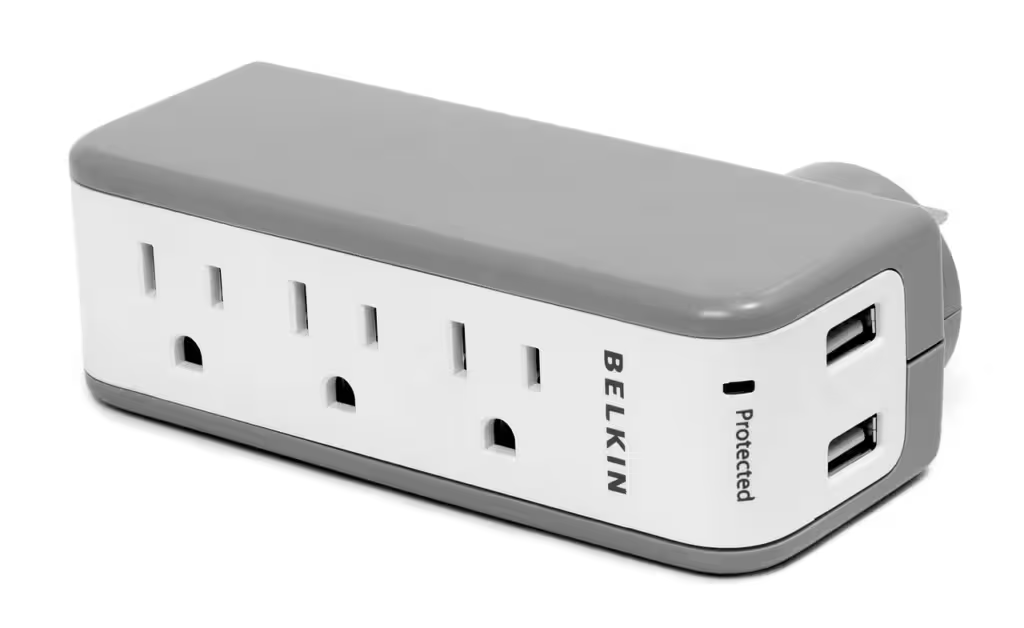In our increasingly electronic world, protecting our valuable devices from unexpected power surges is crucial. A surge protector, often overlooked but indispensable, serves as the first line of defense against these potentially damaging electrical events. In this blog post, we’ll unravel the mystery behind surge protectors and explore how they work to safeguard our electronic investments.
The Basics:
Before delving into the inner workings of surge protectors, let’s grasp the fundamentals of a power surge. A power surge is a sudden, brief increase in voltage that can wreak havoc on electronic devices. It can be caused by lightning strikes, power outages, or even fluctuations in the power grid. Devices such as computers, televisions, and smartphones are sensitive to voltage variations and can be damaged or rendered useless if not adequately protected.
Enter the Surge Protector:
A surge protector, also known as a surge suppressor or surge arrester, is a device designed to limit the voltage supplied to an electronic device by either blocking or shorting to ground any unwanted voltages above a safe threshold.
- Metal Oxide Varistors (MOVs): The heart of most surge protectors is a component called Metal Oxide Varistor or MOV. MOVs are semiconductors made from zinc oxide with two electrodes on either side. Under normal voltage conditions, MOVs have high resistance and do not conduct electricity. However, when a voltage spike occurs, the MOV’s resistance drops, allowing it to divert excess voltage to the ground.
- Gas Discharge Tubes (GDTs): Some surge protectors use Gas Discharge Tubes, which contain inert gases like neon or argon. When the voltage exceeds a certain level, the gas becomes ionized, providing a low-resistance path for the excess voltage to dissipate harmlessly.
- Clamping Voltage: Surge protectors are rated with a clamping voltage, indicating the maximum voltage they will allow to pass through to the connected devices. The lower the clamping voltage, the better the protection. High-quality surge protectors have lower clamping voltages to ensure that even minor surges are suppressed.
- Response Time: Another crucial factor is the response time of a surge protector. The faster it can react to a surge, the better it can protect your devices. Quality surge protectors have response times measured in nanoseconds.
Conclusion:
In conclusion, surge protectors are the unsung heroes that shield our electronic devices from the unpredictable nature of electrical power. Understanding their inner workings, particularly the role of MOVs, gas discharge tubes, clamping voltage, and response time, empowers us to make informed choices when selecting surge protectors for our valuable electronics. Investing in a reliable surge protector not only safeguards your devices but also provides peace of mind in a world where electrical surges are an ever-present threat.
*Go back to Point B Electrical Services home page…
*Discover the latest updates, promotions, and expert electrical tips by visiting Point B Electrical Services Facebook page today!


